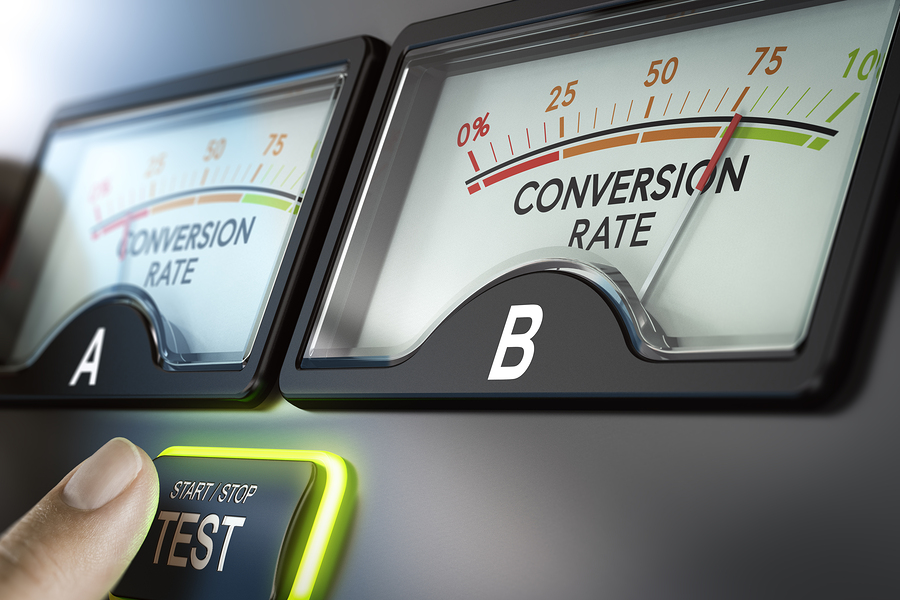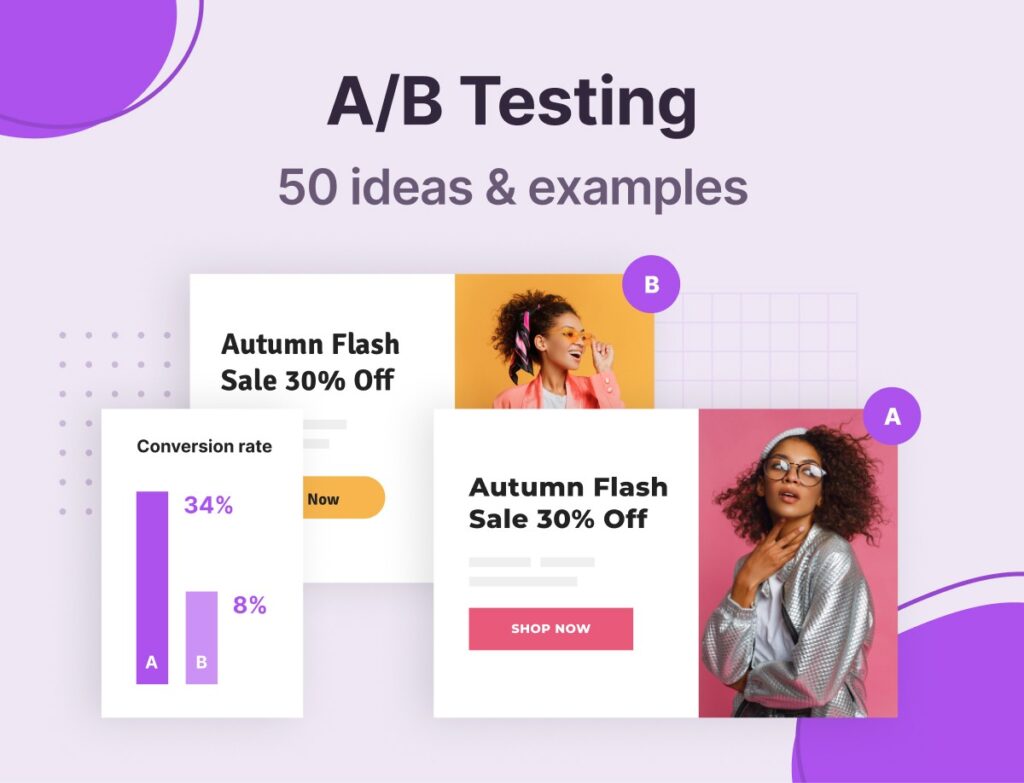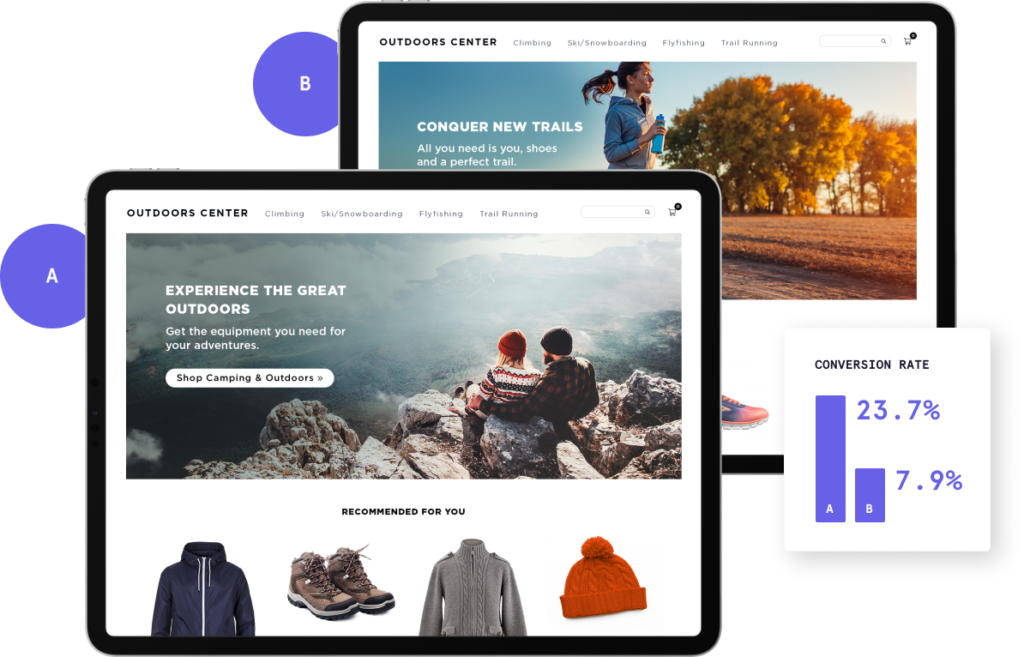In the fast-paced and highly competitive world of advertising, staying ahead of the game is essential. With so many different marketing strategies available, businesses need to constantly measure and analyze the effectiveness of their campaigns to ensure they are reaching their target audience and achieving their goals. This is where A/B testing comes in.
A/B testing, also known as split testing, is a powerful tool that enables marketers to test two different versions of a marketing element to see which one performs better. This can include anything from ad copy to landing pages, and can provide valuable insights into what resonates with a target audience. By testing two different versions of a marketing element, businesses can compare the performance of each and make data-driven decisions to optimize their campaigns for maximum success.
The power of A/B testing lies in its ability to provide clear and actionable insights into what works and what doesn’t in your advertising campaigns. By testing different versions of a marketing element, businesses can identify which elements are driving engagement, conversion, and revenue. This information can then be used to optimize marketing efforts, improve the customer experience, and ultimately drive growth.
In this post, we will delve deeper into the power of A/B testing in advertising performance analysis. We will explore the benefits of A/B testing, provide examples of how it can be used in different marketing channels, and offer tips for designing effective A/B tests. Whether you are a small business owner or a seasoned marketer, understanding the power of A/B testing is essential for success in today’s advertising landscape.
What is A/B Testing?
A/B testing is a marketing strategy that involves testing two different variations of a marketing element to determine which one performs better. This can include testing different versions of ad copy, landing pages, email subject lines, and more. One version of the element is shown to one group of users, while the other version is shown to another group. The performance of each version is then measured, and the version that performs better is used moving forward.

Why is A/B Testing Important?
A/B testing is an important tool for advertising performance analysis because it provides valuable insights into what resonates with a target audience. By testing different versions of a marketing element, businesses can determine what messaging, design, or layout is most effective in driving engagement, clicks, and conversions. This can help businesses optimize their marketing efforts and improve their return on investment (ROI).

Examples of A/B Testing in Advertising
There are many examples of A/B testing in advertising. For example, a business might test two different versions of an ad headline to see which one drives more clicks. They might also test two different versions of a landing page to see which one drives more conversions. Additionally, businesses can use A/B testing to test different marketing messages, images, calls to action, and more.

Best Practices for A/B Testing
To get the most out of A/B testing, there are several best practices to keep in mind. These include:
Start with a clear hypothesis: Before beginning an A/B test, it’s important to have a clear hypothesis about what you’re testing and why. This will help guide the testing process and ensure that you’re testing the right elements.

Test one element at a time: To get accurate results, it’s important to test only one element at a time. This will help you isolate the impact of each element and determine which one is driving the results.
Use a large enough sample size: To ensure that your results are statistically significant, it’s important to use a large enough sample size. This will help you avoid false positives and ensure that your results are accurate.
Track and analyze your results: Once you’ve completed an A/B test, it’s important to track and analyze your results. This will help you determine which version performed better and why, and provide insights for future testing.
In conclusion, A/B testing is a powerful tool for advertising performance analysis that can help businesses improve their marketing efforts and increase ROI. By testing different versions of marketing elements, businesses can gain valuable insights into what resonates with their target audience and optimize their campaigns for maximum effectiveness.
Key points from this post:
- A/B testing involves testing two different versions of a marketing element to determine which one performs better.
- A/B testing provides valuable insights into what resonates with a target audience and can help businesses optimize their marketing efforts.
- Examples of A/B testing in advertising include testing ad headlines, landing pages, marketing messages, images, and calls to action.
- Best practices for A/B testing include starting with a clear hypothesis, testing one element at a time, using a large enough sample size.
Contact us today to learn more about how we can help your business implement effective A/B testing strategies and achieve greater marketing success.





